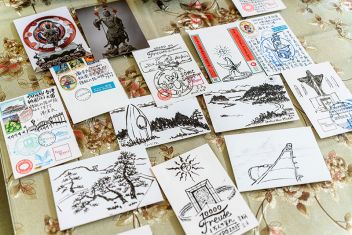The phrase “first Tainan, second Lugang, third Bangka” describes the movement from south to north of Taiwan’s political and economic center of gravity under Qing-Dynasty rule. But did you know that Chiayi, located in the heart of Taiwan’s western plain, had wooden city walls even earlier than Tainan, and experienced industrial development before Kaohsiung?





















